A Story Checklist for Writers

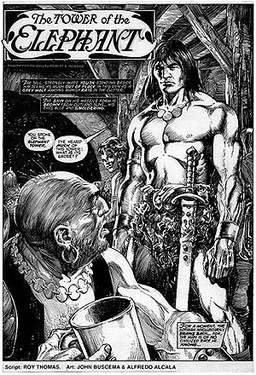
I read this book by a surgeon. It was called The Checklist Manifesto: How to Get Things Right and it was mildly terrifying (and I promise this relates to writing…).
Nowadays before an operation it’s the thing for — usually — a senior nurse to work through a list with items like: “Does the patient have any allergies? Has the anaesthetist raised any concerns…? Is this even the right patient for this operation..?” There are also checklists for emergency situations such as reviving somebody fished out of a pond to make sure critical injections aren’t missed.
Why this is mildly terrifying is because (a) checklists significantly raise patient survival rates, and (b) the medical profession has only recently adopted them! (It’s a bit like that time my doctor mate remarked, “Oh that was before we went over to evidence-based medicine….” Erk?)
Why this is interesting for writers — and why I’m talking about this book here — is because checklists help in situations when people are working “in flow.”
They were first developed because nobody could fly the B17 without crashing it. The test pilots got together and made up a list for the co-pilot to read out at different stages: “Engine revving enough? Flaps at right setting…?” Now checklists are pretty standard not just for the aviation industry, but also for manufacturing and construction.
Checklists work because they are not procedures. They don’t tell the surgeon, “cut along dotted line A” or the pilot, “Steer down the runway.” Rather they act as gates between different phases of a project or procedure. They don’t get in the way of flow, so much as force you to pause and take stock before getting going or moving on.
For a writer like me this is interesting because it’s all too easy to dive in too early to drafting — because flow is addictive — without planning properly, and even easier to send off work that’s not properly polished — because writing is both exhilarating and mentally tiring.
An Is it Planned Properly? checklist is going to be personal. Even if, like me, you draft in dialogue with outlines and identified conflicts (or arcs), that dialogue is specific to the order in which you work. Some people draft to discover the conflicts, then outline. Some people outline to discover the conflicts then fix the outline then draft. Some people… and so on.
However an Is it Done Yet? checklist would look at the end result, however you got there, and make sure it was ready to face the world. That would make it less specific to the writer and therefore more useful to other writers. So I thought you might like to see mine…
My checklist is not a procedure, but it’s best done in order because if the manuscript fails one of the earlier checks, there’s no need to spend time on the later ones.
1. Can You Sum Up the Story Using the QABN Form? (Question? Answer. But….. Now?)
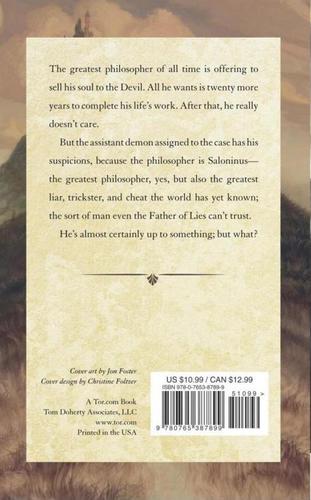
Other forms work just as well — book blurb or selling synopsis — but I find my boilerplate nails the underlying structure of stories for me:
“Can Frodo take the One Ring to Mordor? Yes, but its destruction heralds the end of Middle Earth as we know it. Now he and the world must cope with modernity.”
“Can Conan raid the Tower of the Elephant? Yes, but rather than looting, he ends up liberating the enslaved alien demon. Now he must continue his adventures.”
If what you have doesn’t fit the QABN stucture, then it’s probably not a story and you should revisit it.
2. Does the Structure Fit the Story?

Does your text kick off by asking the question (above) and end by answering it?
If the start is delayed, or if you wander off into a subplot or self-contained episode, does it tell a story ? (“Can Janice get to school in time to sit the test? Yes, but aliens invade! Now she must help the human resistance for the rest of the novel.”)
This check locks out long-winded beginnings and epilogue-laden endings: you’ll know when to start and when to stop, and cut accordingly.
It also serves the more arm-wavy literary purpose of making you consider whether your story is your story. If all your questions point one way, but your structure points another, you need to write another draft!
3. Do All the Character Choices Make Sense?
In other words, does situation and character justify each decision?
Usually when people dismiss a story as “plot-driven” they really mean, “The author made the characters act out of character so they could write about blowing #### up.”
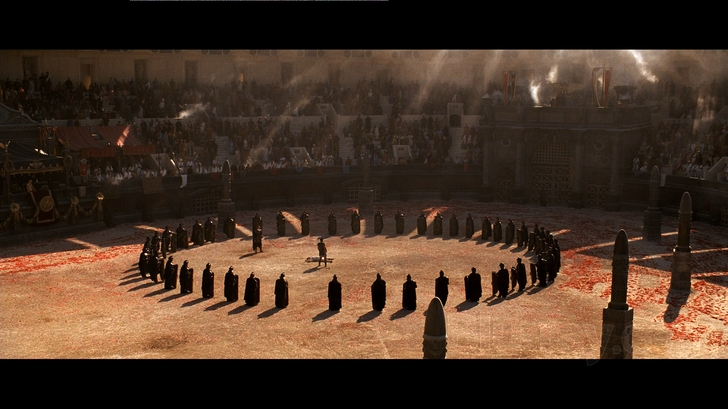
The corollary is that you can arrive at a “character-driven story” by simply tweaking the characters and situation until they blow up the right ####.
Certainly, once you have the story drafted, it’s easier to go back and put Chekov’s gun on the mantelpiece, or have the protagonist come from a long line of berserkers, than it is to rewrite the final battle to turn it into diplomatic negotiation at a peace conference.
So this check makes you go back and fix things that don’t make sense. If you botch the job, it will look contrived: “OMG the only way to the next star is through this asteroid field!” However done right, the things you plant will add drama and even plot. The ideal fixes fit what’s there, and cover more than one choice. For example, making the protagonist a berserker trying to resist her nature will add drama to every confrontation, and also explain why she’s alone when we first meet her.
4. Is the Exposition Timely?
This one depends on your style and genre.

Me? I think readers don’t like to be confused so it’s important to give them the information they need to make sense of your story at the point where they want to know.
5. Is the Pacing Right?
Another one that depends on what you write.
Pacing is partly about how the plot and drama ramps up. However, it’s also to do with the symphonic effect of moving between different kinds of scenes: action, decision, frantic, thoughtful.
Really, it’s pre-verbal! Some scenes are all, “Laaaa laaaa laaaa“are, “LOL!” Some scenes are, “RAH!” or “OMG!”
Presumably you will know what you like when you see it. The point of this check is to get you to take a look in the first place.
6. Do the Transitions Between Units — Chapters and Scenes — Work?
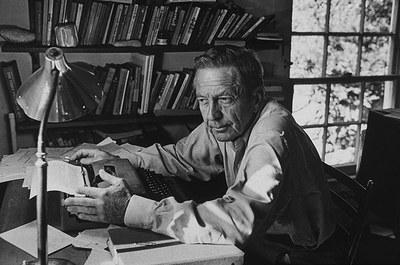
Ideally, each chapter and scene has a good hook and curtain line. However, these units don’t exist in isolation. It’s worth checking how they relate to each other.
Sometimes a contrast is good (palace/pub), sometimes a gimmick (ticking clock A/ticking clock B), sometimes you want one character to consider the next (“We’ll be fine when the tanks arrive”/”OMG the bridge is down!“).
However, these are all literary choices. The point of this check is that you make these choices consciously, rather than by default.
7. Is the Final Manuscript Professionally Prepared?
You know what this means!
Did you spellcheck? Are the margins right? Does it have your name on it? Is it formatted according to whatever guidelines you followed?
If you’re using Scrivener, this also means looking at the actual output file and making sure you didn’t mess up. For example, is anything missing?
8. Did you Back Up Your File in Sensible Places With a Sensible Name?
This is really important. Not only does it suck to to lose your work because, for example, your computer caught fire.
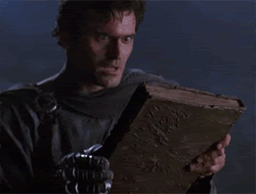
It’s also maddening to revisit a project months or years later and find all sorts of files with names like “Whale Warriors Final Draft”, “Final Whale Warriors”, “Final Whale Warriors 3”, “Whale Warriors Rewrite with Ninjas” “Whale Warriors Reboot 3”, and the immortal, “WWFDRBN2”.
This is particularly important when using Scrivener because the document you send is generated from your project file. It’s not always easy to match what you find in your Sent Mail to what’s on your hard drive.
So, this check helps you to remember to name your file something like “Whale Warriors as Sent To Agent Sept 2017” and save it to your Google Drive and/or Drop Box, and possibly to a USB stick.
If your manuscript passes all these checks, then it’s ready to survive in the wild! (Caveat: There’s no guarantee it won’t starve to death, or turn up on your doorstep with its head missing.)
M Harold Page is the Scottish author of works such as Swords vs Tanks (Charles Stross: “Holy ****!”). For his take on writing, read Storyteller Tools: Outline from vision to finished novel without losing the magic. (Ken MacLeod: “…very useful in getting from ideas etc to plot and story.” Hannu Rajaniemi: “…find myself to coming back to [this] book in the early stages.”)
Really useful tools. Love your posts.